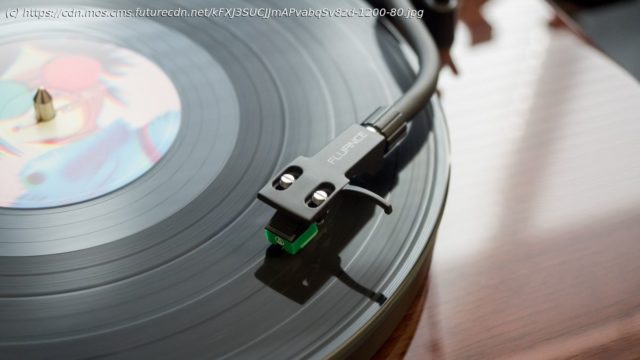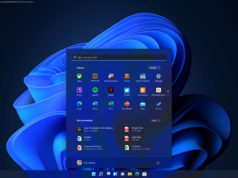Vinyl has seen a resurgence but does it really sound better than digital or is it all down to nostalgia?
Over the past fifteen years, we’ve witnessed vinyl records making an incredible comeback. According to Statista, LPs sales have grown twenty-fold since 2006 and accounted for 17 percent of album sales in the United States in 2018. Between 2011 and 2012, vinyl sales increased by a staggering 131.8%, and while momentum has slowed in recent years, there is still an upward trajectory. Vinyl records have seen such an increase in popularity that there’s even a holiday created to celebrate the audio format: Record Store Day. The holiday, which started in 2007, typically takes place on a Saturday in April and on Black Friday to celebrate independent record stores. This year, the festivities are being split over three dates; August 29, September 26, and October 24 in a bid to adhere to social distancing guidelines across the world. Even so, we’re still expecting the holiday to bring together fans, musicians and record stores around the world with limited edition pressings of records available to buy (if you can snap them up quick enough). The popularity of vinyl is undeniable, but why is it so popular and does it really sound better than streaming from Spotify? Let’s dig into how vinyl works, how it compares to streaming services, and if building a vinyl collection is right for you. Without getting too deep into the science of how vinyl records work, the theory behind it is that sound waves are translated into a physical medium (vinyl records) via a cutting machine. Vinyl records are an analog format, which means sounds waves are physically pressed into vinyl to store audio information. Think of vinyl as a rudimentary hard drive that can store a very limited amount of data. Vinyl records can reproduce different frequencies of sound depending on how “stretched out” the sound wave is on the media. High frequencies have shorter waves while low frequencies have longer ones, requiring more physical space on a record to store that information. Early vinyl records could only store a limited amount of audio data because low frequencies and loud sounds take up so much room. Additionally, low frequencies and loud sounds are difficult for a record player’s needle to track as deeper, wider grooves can make a needle jump and miss reproducing sounds correctly. High frequencies are also challenging to play back correctly as the close waves can make the record needle skim over the grooves.
Start
United States
USA — software How does vinyl work and is it really better than streaming from...






